Lithium-ion battery storage demand in India: New policies and challenges
Lithium-ion batteries (LiBs) are a very important technology for electrifying transportation and integrating renewable energy sources into the power system. In comparison to other battery technologies, LiBs feature a high energy density, a long cycle life, and minimal maintenance costs. However, they also pose environmental and societal concerns, including raw material extraction, used battery recycling, and the safety and security of battery storage systems.
India is one of the fastest-growing LiB markets, owing to rising demand for portable devices, electric vehicles (EVs), and stationary energy storage applications. According to a report by McKinsey and the Global Battery Alliance (GBA), India’s LiB demand is predicted to rise from 3 GWh in 2020 to 20 GWh by 2026 and 70 GWh by 2030, with automotive applications accounting for 90% of overall LiB demand1. Annual capacity additions for LiBs for automotive applications are estimated to rise from 2.3 GWh in FY2021 to 104 GWh by FY2030.
To address this rising demand, India must build a strong and sustainable LiB manufacturing ecosystem capable of competing with global firms while also ensuring energy security and self-sufficiency. However, India lacks adequate domestic production capacity, raw material supply, recycling infrastructure, and regulatory support for LiB manufacturing at the moment.
According to an IEEFA estimate, India’s domestic LiB production capacity in 2020 was only 1.5 GWh, meeting less than half of local demand. India also imported more than 90% of its LiB raw materials from China, Australia, Chile, and South Africa, including lithium, cobalt, nickel, and manganese. Furthermore, as of 2020, India had no established recycling policy or infrastructure for LiBs.
To solve these issues and capitalize on the opportunities presented by LiB manufacturing, India must implement a comprehensive and proactive policy framework that spans the entire value chain, from mining to recycling.
Some of the key policy initiatives that India is planning or implementing are:
- The NITI Aayog created the National Mission on Transformative Mobility and Battery Storage (NMTMBS) in 2019 to promote clean and sustainable mobility solutions and establish a phased manufacturing program for LiBs and EVs. The program aims to establish 50 GWh of LiB production capacity by 2025 via a network of gigafactories spread across India.
- The Cabinet approved the Production Linked Incentive (PLI) scheme for advanced chemistry cell (ACC) battery manufacturing in May 2021, which provides incentives worth Rs 18,100 crore ($2.4 billion) over five years to domestic and foreign manufacturers who invest in setting up ACC battery plants in India. The plan aims to produce 50 GWh of ACC battery capacity by 2025-26.
- The Draft National Energy Storage Mission (NESM), released by the Ministry of New and Renewable Energy (MNRE) in 2018, aims to create an enabling policy framework for energy storage deployment in India. The mission focuses on four key areas: research and development, manufacturing and supply chain development, deployment and end-use applications, and policy and regulatory support.
- The Ministry of Environment, Forests, and Climate Change (MoEFCC) announced the Draught Battery Waste Management Rules (BWMR) in 2020, proposing to govern the collecting, transportation, storage, recycling, disposal, and import of used batteries in India. The laws require that every battery maker or importer collect at least 70% of their spent batteries for recycling or safe disposal.
These policy initiatives are expected to boost the domestic LiB manufacturing industry and create a conducive environment for innovation and investment. However, there are still some challenges that need to be addressed to realize the full potential of LiB manufacturing in India.
Some of these are:
Raw material availability and affordability: India has limited deposits of crucial raw materials for LiBs, including lithium and cobalt, which are mostly concentrated in China, Australia, Chile, and South Africa. Although significant lithium reserves have recently been identified in Jammu & Kashmir, they are insufficient to supply domestic demand. India must establish long-term supply arrangements with foreign suppliers, diversify its import sources, and investigate other resources that can minimize its reliance on lithium and cobalt.
Recycling technology development and adoption: Recycling LiBs can help to lessen the environmental impact of battery waste while also recovering valuable elements that can be reused in the creation of new batteries. However, as of 20202, India lacks a clear recycling policy and infrastructure for LiBs. The Draught Battery Waste Management Rules (BWMR) intend to govern used battery collecting and recycling in India, but they must be finalized and properly enforced. India must also develop and implement cost-effective and efficient recycling systems capable of recovering high-purity materials from LiBs.
Battery technology innovation and standardization: In terms of performance, safety, durability, and affordability, LiBs are always evolving. To keep up with global trends and fulfill the special needs of the Indian market, India must engage in research and development (R&D) and innovation. India must also develop quality standards and testing processes for LiBs to assure their dependability and interoperability across various applications and platforms.
Battery storage system integration and management: By providing auxiliary services, peak shaving, load shifting, and renewable integration, LiBs can significantly improve the stability and flexibility of the electricity system. However, LiBs present grid operators with technical and operational hurdles, such as power quality issues, bidirectional power flows, cybersecurity hazards, and demand response management. India must develop and deploy smart grid technology and regulations that will allow for the most efficient integration and administration of battery storage systems in the power system.
LiB production provides India with a strategic chance to speed up its renewable energy transition while also creating economic benefits. To address the numerous value chain concerns, however, a comprehensive and coordinated policy framework is required. India should use its capabilities in IT, engineering, and manufacturing to build a competitive and sustainable LiB business that can meet domestic demand while also tapping into the global market.
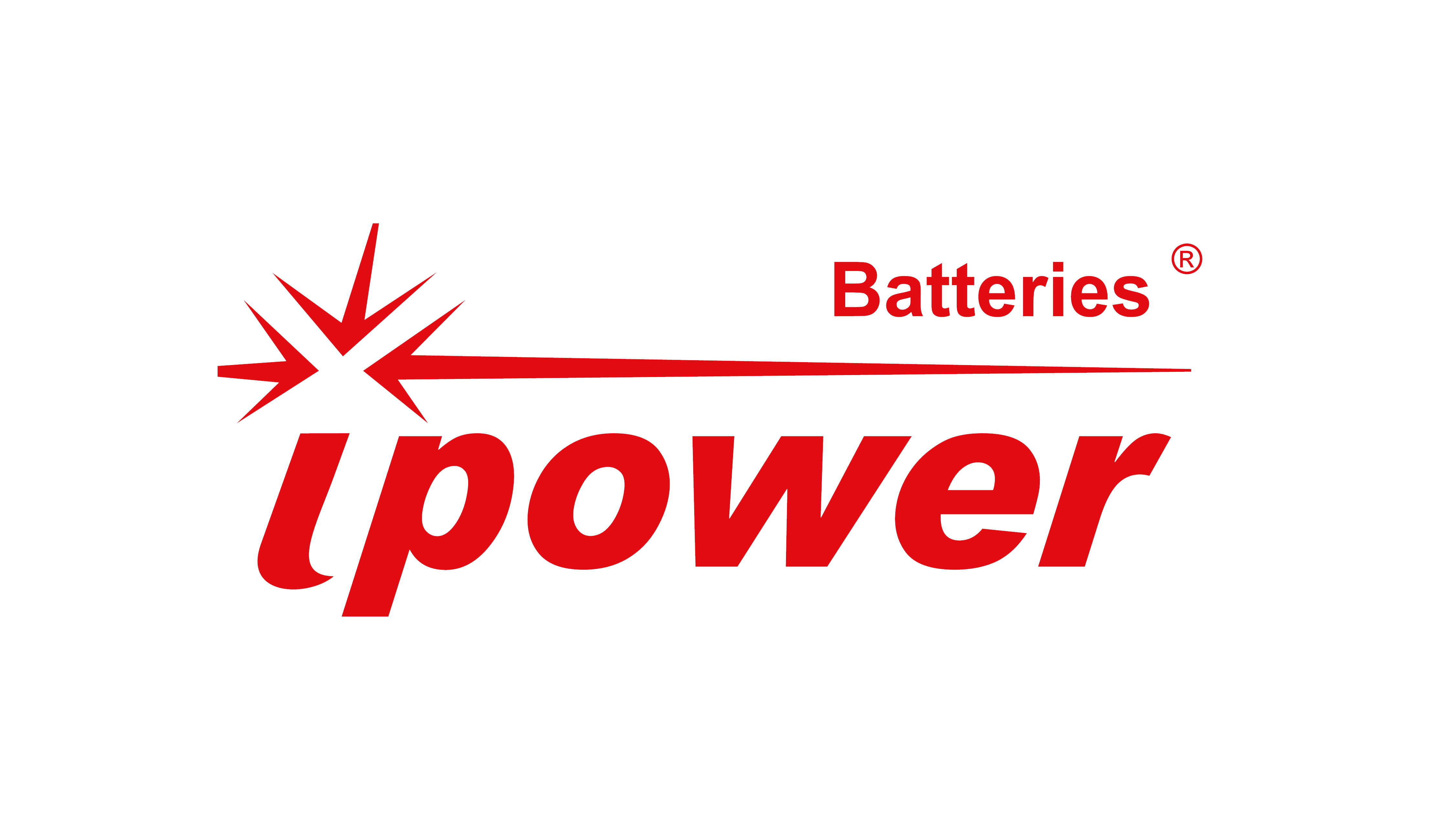

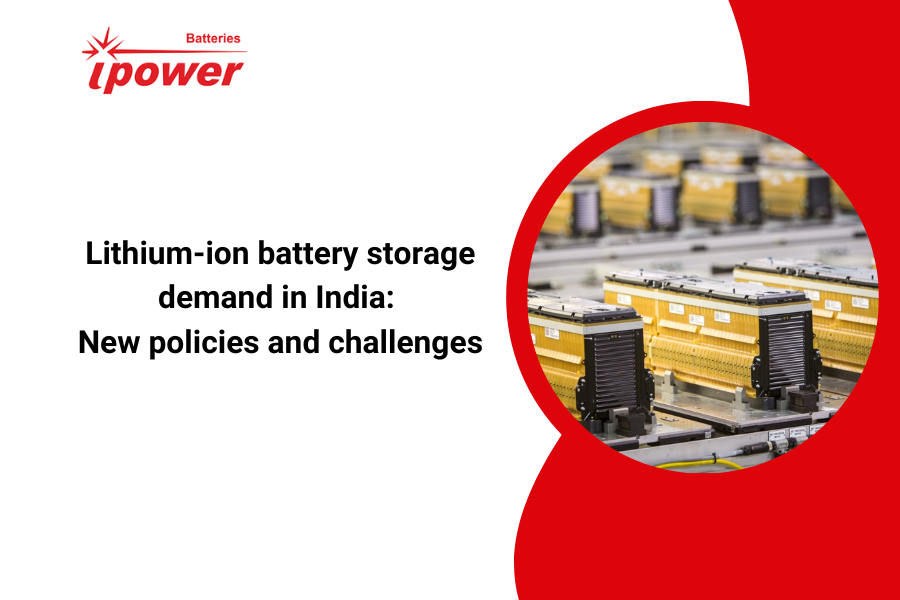
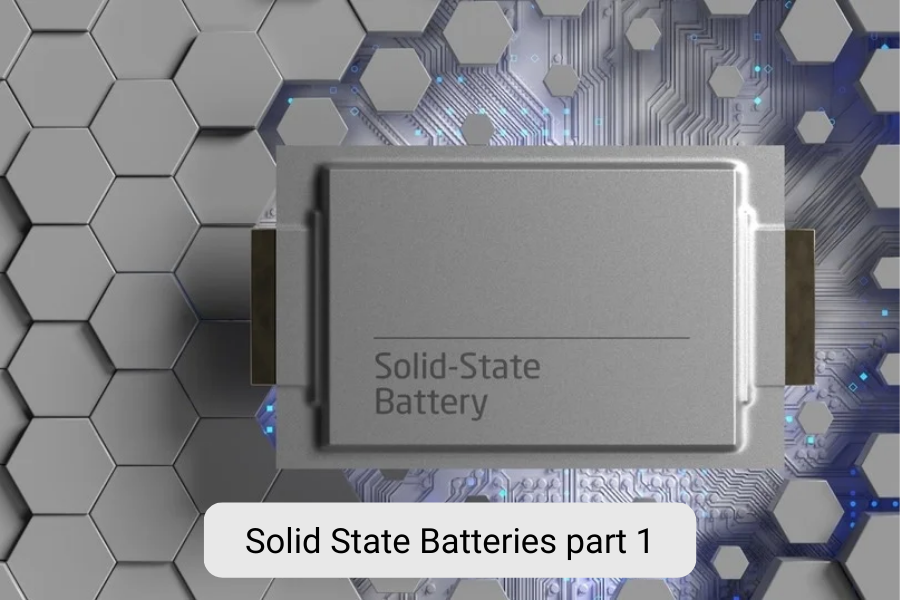
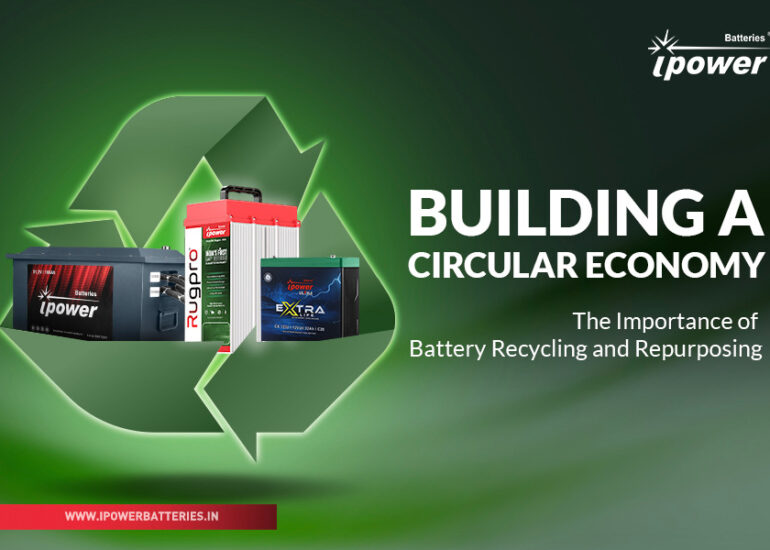
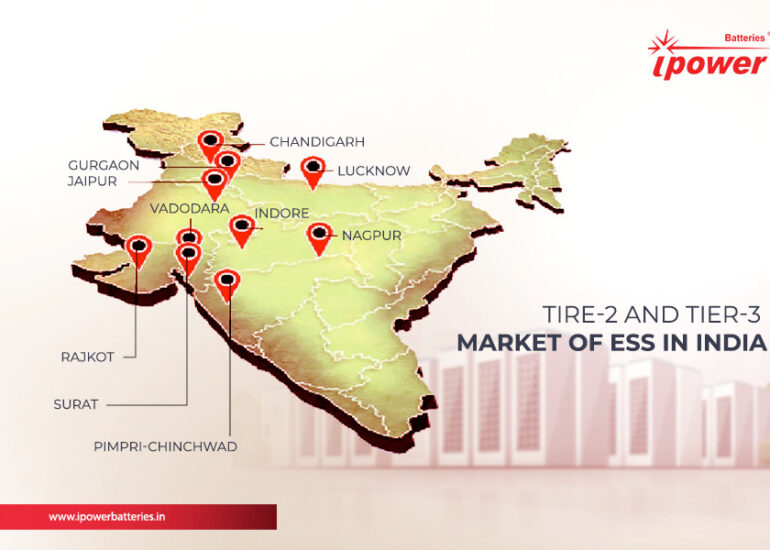
[…] continues to go up, the demand for lithium-ion batteries is also expected to skyrocket. As per a report, India’s demand for Li-ion batteries is set to reach 20 GWh by 2026 and 70 GWh by 2030. Industry […]